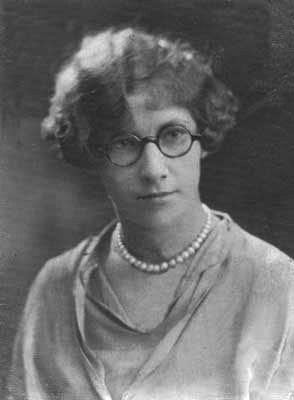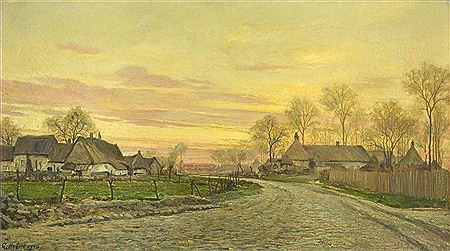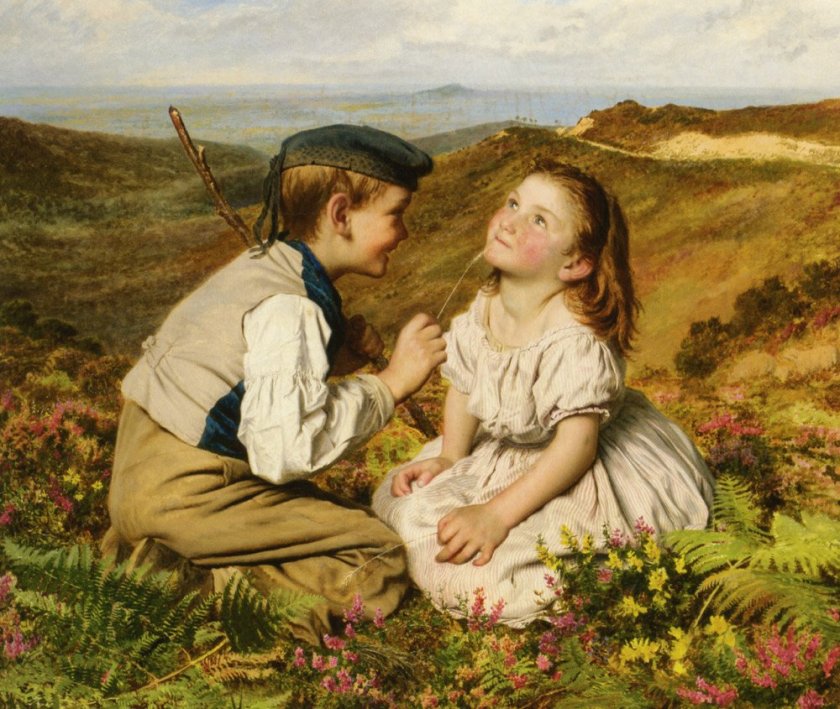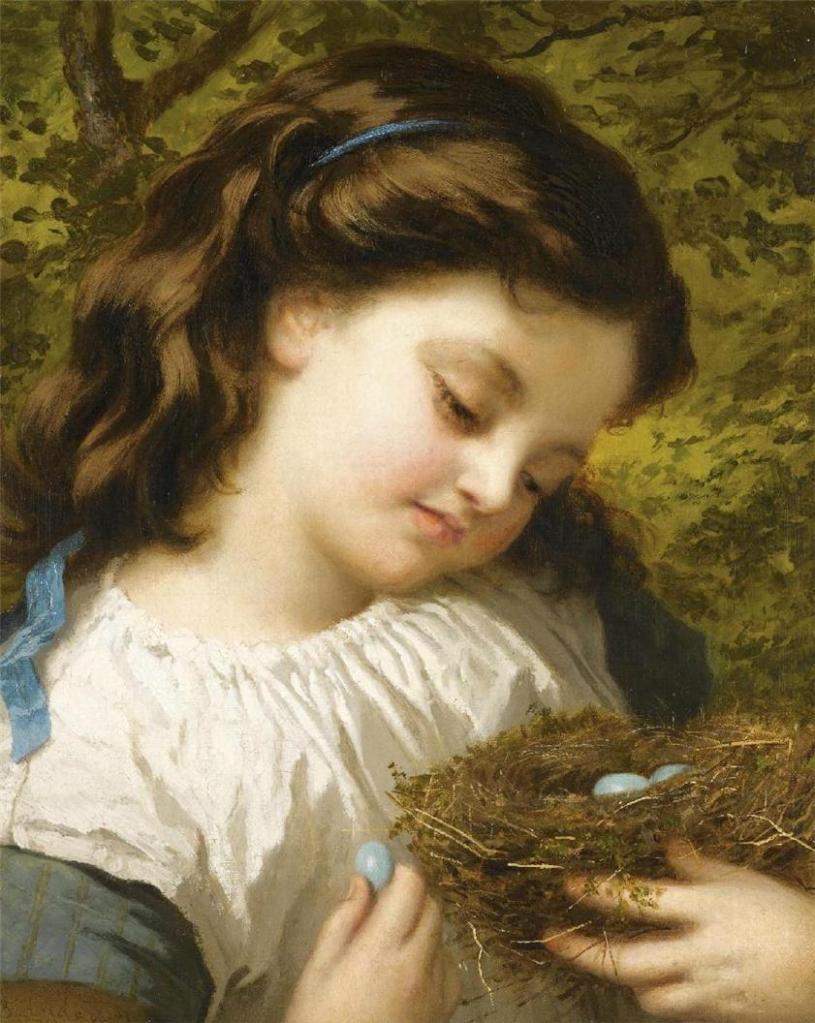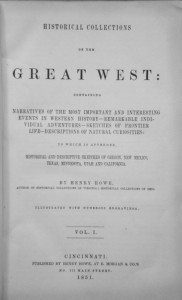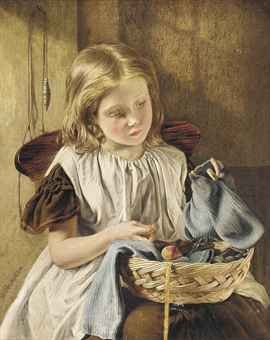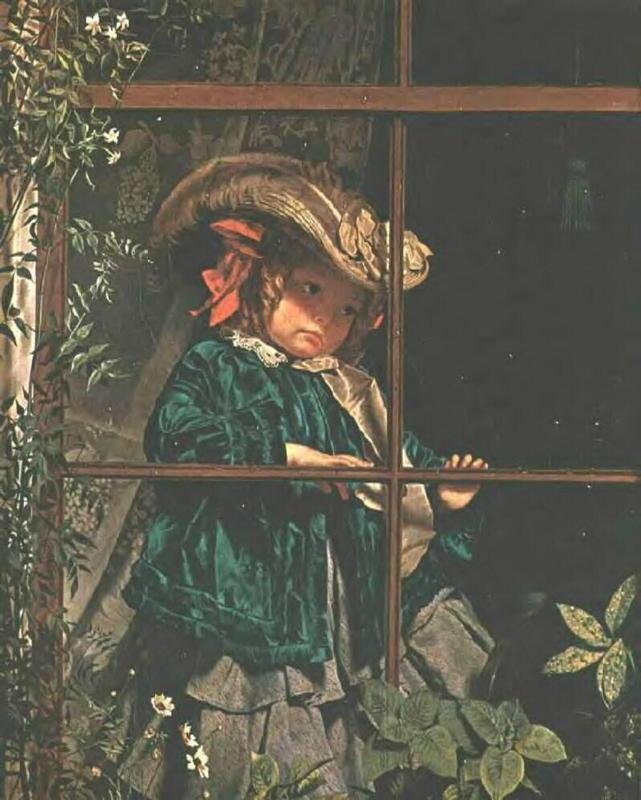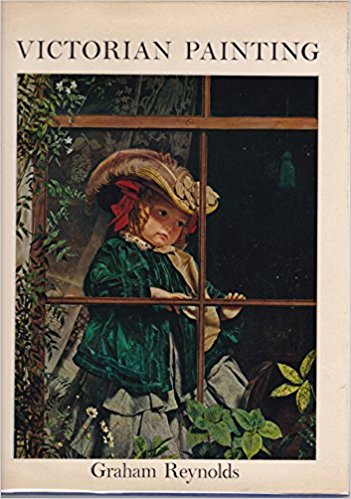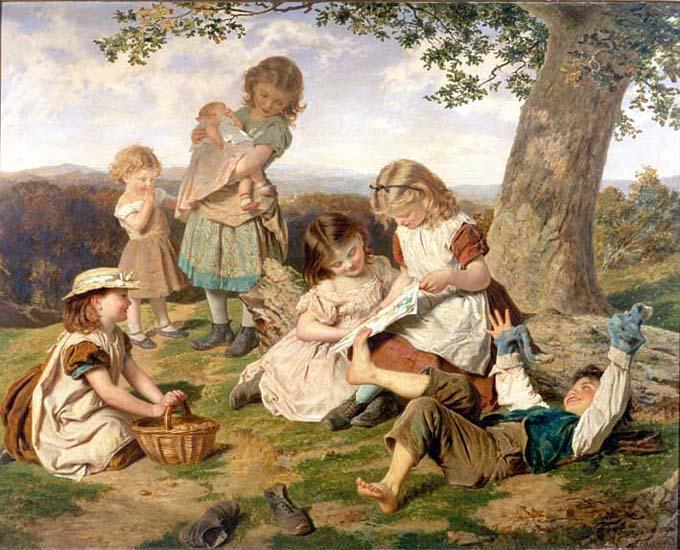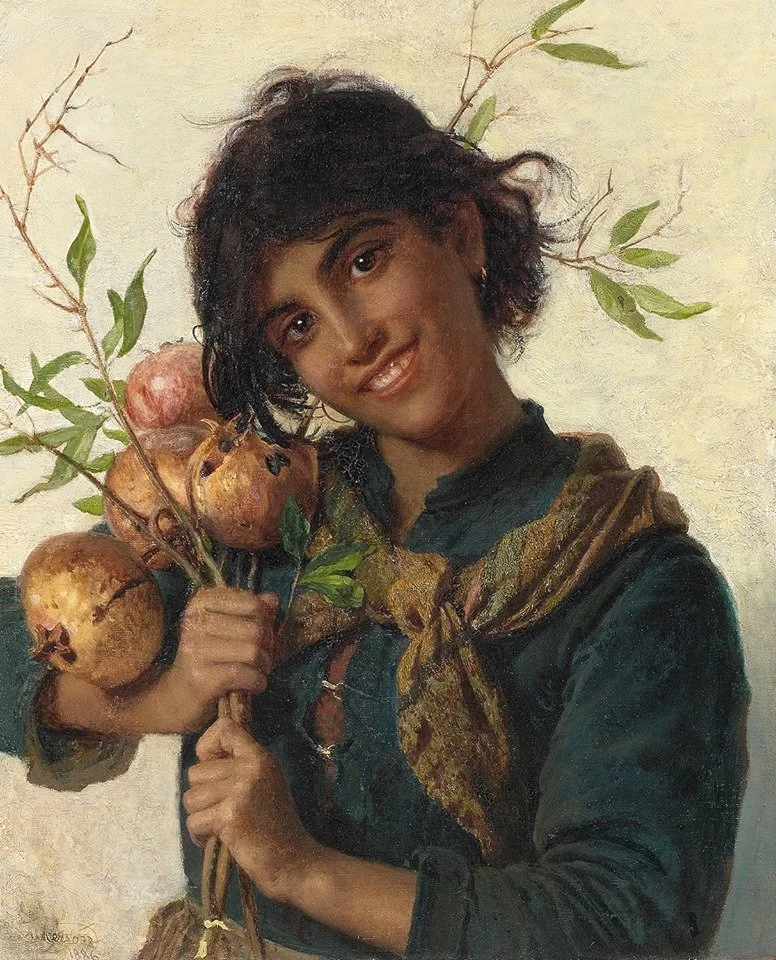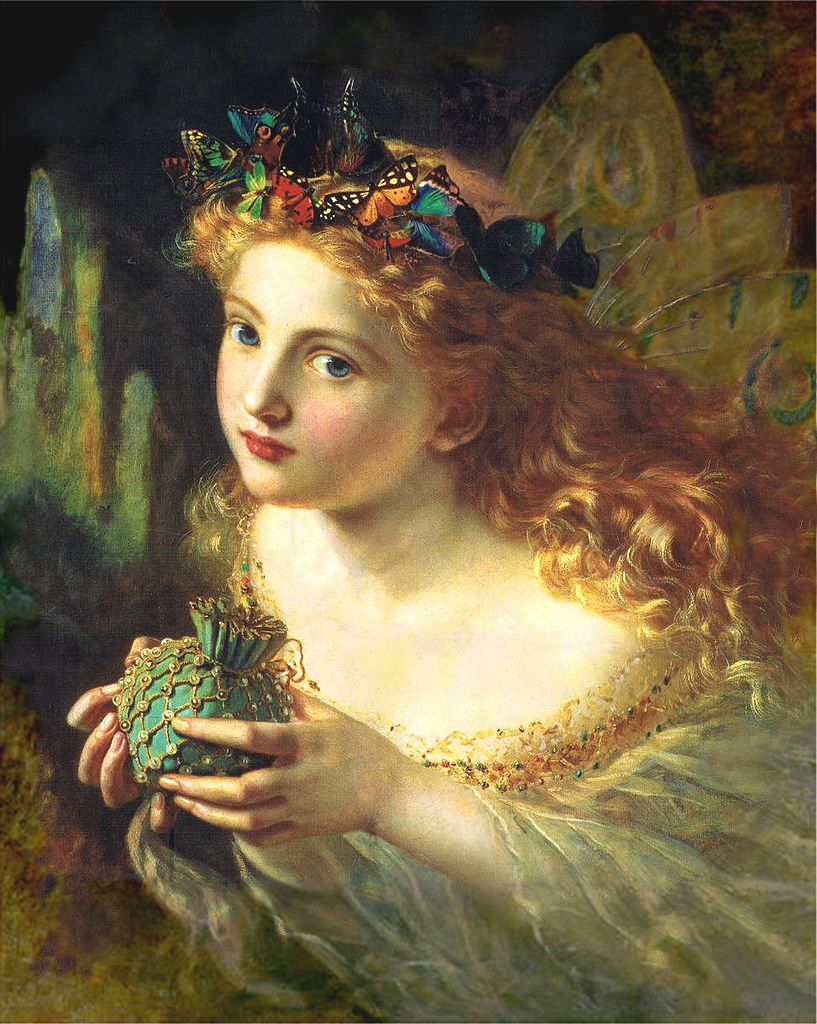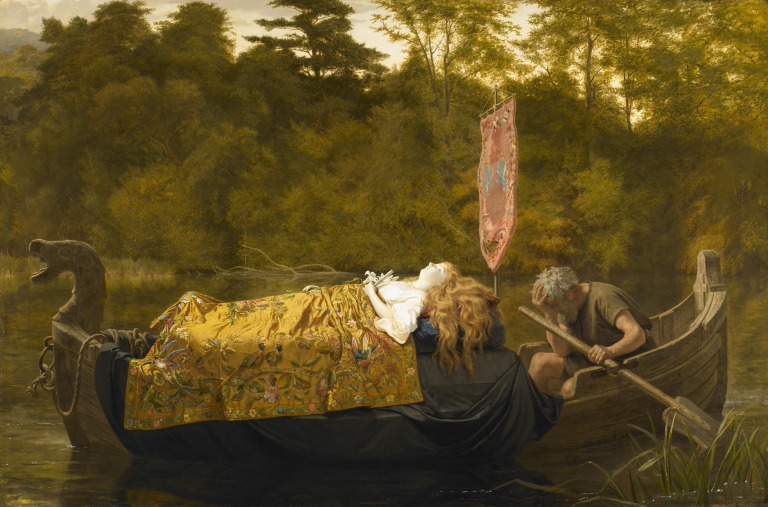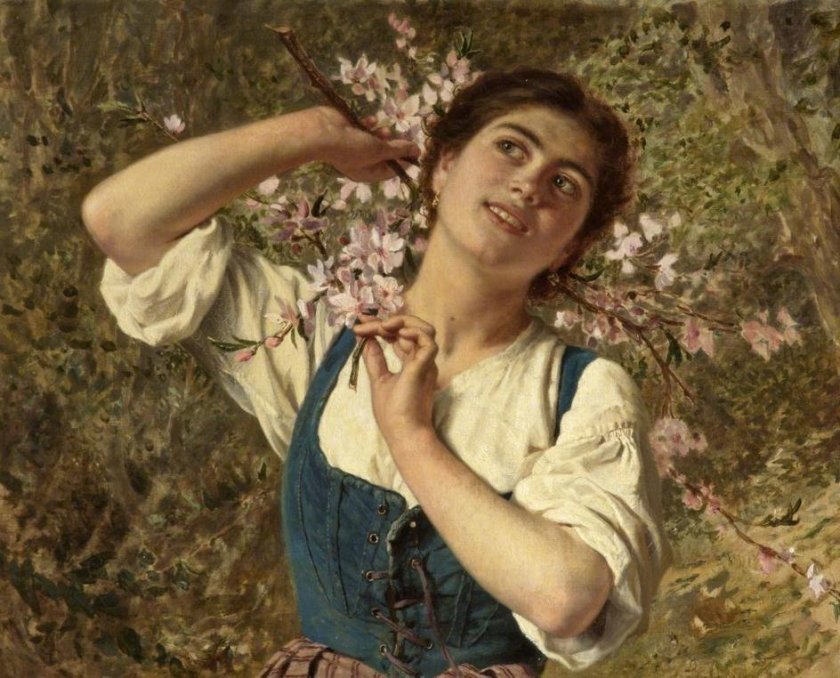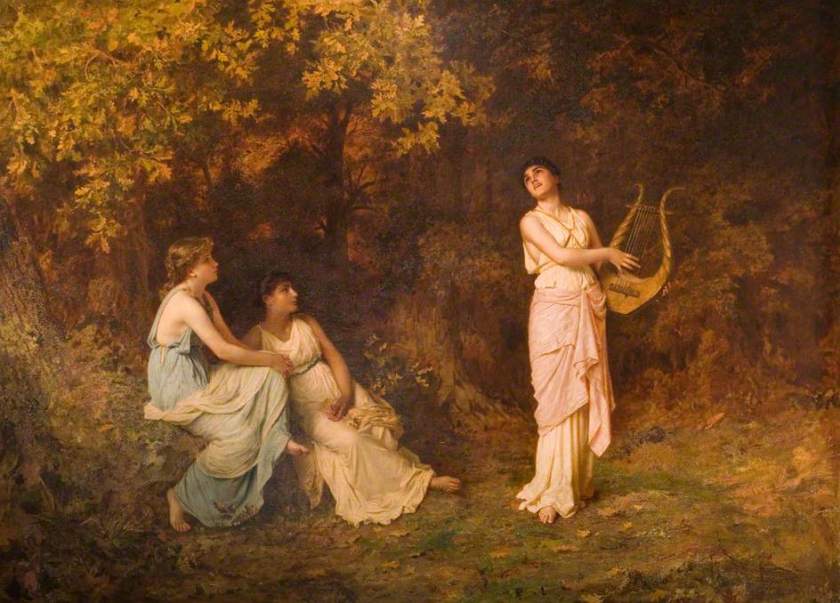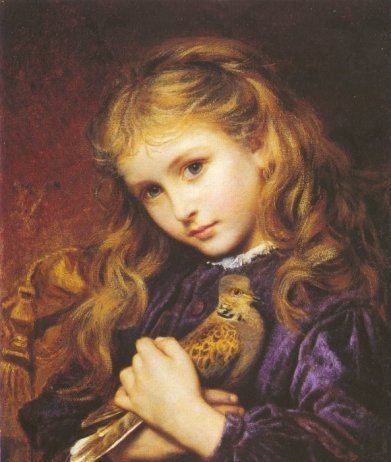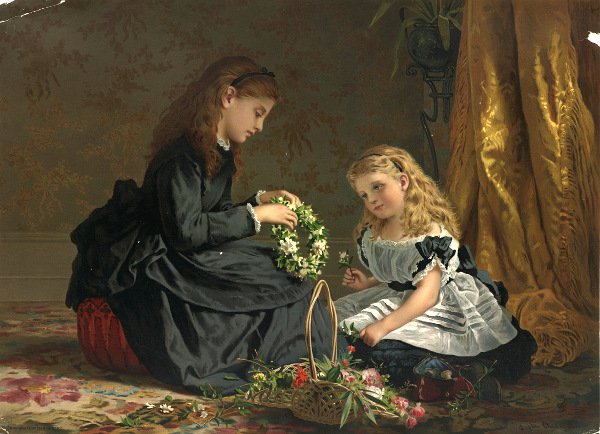As in life itself, snobbery pervades the arts. When asked what our taste in literature is, does one admit to liking romantic fiction or, do we, to save face, rattle on about our love for the novels of Chekhov and Dostoyevsky. When it comes to our love in classical music, do we avoid saying we like the Strauss’ waltzes and the 1812 overture and, talk about our passion for Mahler and Schönberg so as to gain kudos, and to bolster our image as a music savant. Our taste in art and artists can be the same. I remember a collector of pre-Raphaelite paintings being somewhat apologetic about his taste in art maybe thinking that his love should be more on the lines of the great Masters or the avant-garde artists such as Pollock, Picasso and Miró. I remember being on a ship and talking to a passenger who was a well-known port wine producer and he was drinking a glass of port with a cube of ice in it and I queried whether that was the accepted way to drink the wine and he just said that he always drinks what he likes and how he likes it, so maybe we should not be backward in coming forward and saying what we like without fear of condemnation by the elitists of this world.

So why this long introduction to today’s featured artist? The artist I am looking at today produces paintings which many would dismiss as “sugary” or “chocolate-boxy” and yet there is a wonderful beauty about his depictions. Let me welcome you to the world of the English painter of the late Victorian and Edwardian periods, Arthur John Elsley. During the middle of the nineteenth century, genre paintings featuring happy family life became very popular in England. The newly wealthy middle class chose in particular those genre paintings that depicted scenes of beautifully dressed young children with their pets in playful settings and this is exactly what Arthur John Elsley gave them. The paintings proved so popular that many were reproduced as prints, and others were often used in calendars, adverts, books and magazines.

Elsley was born in London on November 20th 1860. He was one of six children of John Elsley and Emily Freer. His father plied his trade as a coachman but had to give up the job and retire with the onset of tuberculosis. John Elsley was also an amateur artist and had achieved a standard which allowed him to exhibit his work, A Group of Horses, at the British Institution Exhibition of 1845. This Institution had been founded in 1804 for promoting the Fine Arts in the United Kingdom. Young Arthur Elsley, like his father, developed a love of art and on family trips to the Regent’s Park Zoo he would make sketches of the animals. In 1875, aged fourteen, Arthur Elsley enrolled at the South Kensington School of Art, which later became the Royal College of Art.

In 1876 Arthur Elsley was accepted into the Royal Academy Schools as a probationer. It was during his time here that he came under the influence of the historical and biblical painter, Edward Armitage, who was the Professor of Painting, Henry Bowler the Professor of Perspective and his professor of anatomy, John Marshall.

Two years later in 1878 Elsley submitted his first painting (A Portrait of an Old Pony) and had it accepted at that year’s Royal Academy Exhibition. The one setback he had to contend with at this time was a problem with his eyesight which was brought on when he contracted measles. He remained at the Academy Schools until 1882 and on leaving he began to receive portrait commissions especially for ones featuring children with dogs and horses. Many of his portrait commissions came from the Benett-Stanford family of politicians who lived at Preston Manor in Brighton. His first known published work was a line engraving entitled April Floods In Eastern Counties printed in the Young England magazine in 1885.

Elsley became friends with Solomon Joseph Solomon, a British painter, a member of the Royal Academy and founding member of the New English Art Club. He was also a friend of George Grenville Manton, and he and Elsley shared a studio in 1876. Manton specialised in portraiture but also painted genre subjects with Pre-Raphaelitesque subjects as well as large-scale religious works.

It was through Manton that Arthur Elsley met Frederick Morgan, who was an English portrait artist and painter of domestic and country scenes. He was well-known for his idyllic genre scenes of childhood. This was also the art genre favoured by Elsley and in 1889 he moved into Morgan’s studio, and the two came to an artistic arrangement in which Elsley would paint the animals in Morgan’s paintings as this was his forte and was proving problematic for Morgan.

In the summer of 1891 the Great Exhibition was held in London. It was to be the first in a series of World’s Fairs, and within it there was exhibitions of culture and industry. The Great Exhibition was organized by Henry Cole and Prince Albert, husband of the reigning monarch, Queen Victoria. At this exhibition Elsley was awarded a silver medal in for his painting The Bailiff’s Daughter of Islington.

The following year his painting entitled I’se Biggest was published, and it was so popular that it had to be re-engraved to cope with public demand. Elsley depicted a young girl comparing her height with that of a large St. Bernard dog. Terry Parker describes the depiction in his 1998 book, Golden Hours: Paintings of Arthur J Elsley, 1860-1952:
“…one of those simple and unaffected pictures which readily lend themselves to reproduction and has so much nature and so admirable a touch of humour in it that no doubt a great number of those who admire it at Burlington House will be delighted to have an opportunity of hanging a version of it upon their walls…”
The paintings of Elsley were so popular with the public that the Illustrated London News printed one of Elsley’s paintings, Grandfather’s Pet as their Christmas choice for 1893.

Arthur Elsley married his second cousin Emily Fusedale on November 11th 1893. Emily, who was ten years younger than Elsley, had worked for Arthur for over ten years modelling for his paintings. This role, as artist’s model, was passed down to their daughter, Marjorie, who was born in 1903 and who as a young child, would appear in many of Elsley’s paintings. After the marriage Elsley set himself up in a new studio and continued with his paintings depicting young children and animals in idyllic countryside settings.

With the death of the leading Victorian painter of this genre, Charles Burton Barber, in 1894, Elsley took up the mantle as the most revered painter of children and pets. The Illustrated London News, 25 January 1896, wrote:
“…Mr. Elsley appears more distinctly as a follower, though not an imitator, of Mr. Burton Barber, differing from him by allowing his children more than a pet at a time, and going beyond the limitations of a fox-terrier, or a collie. He has a keen sense of humour, especially in his treatment of puppies’ backs, which, as students of dog-life well know, are their most expressive features…”
The close relationship between Elsley and Morgan soured around the turn of the century when the latter accused Elsley of artistic plagiarism as he believed Elsley was using his ideas in his paintings.
The First World War broke out in 1914 and for its four-year duration Elsley contributed to the war effort by working on bomb-sights in a munition factory, which put a terrible strain on his already failing eyesight. Elsley’s output of paintings dwindled and he only managed to complete four during the first three years of the war, one of which was a portrait of his daughter, which, although he would not sell it, allowed it to be exhibited at the Royal Academy.

Marjorie Elsley featured in many of her father’s paintings and I particularly like the one entitled Never Mind which he completed in 1907. The St Bernard dog we see in the painting featured in many of Elsley’s works.

In his 1998 book, Golden Hours: Paintings of Arthur J Elsley, 1860-1952, Terry Parker, who interviewed Elsley’s only child and principal model, wrote:
“…Marjorie remembers that the St Bernard featured in Never Mind was owned by Miss Mumford, a nurse who lived at South Woodford ………..Elsley was the most popular ‘chocolate box’ artist of the late Victorian and Edwardian period. The appealing quality of his paintings were easily understood and presented a cosy, idealised world of happy, smiling children and their animals…”
In the years that followed, Elsley continued to paint mostly for pleasure and exhibited some of his works until 1927. His failing eyesight eventually curtailed his art work and by 1931 the only hobby he could still manage were his love of woodwork, metalwork and gardening.

Arthur John Elsley died at his home in Tunbridge Wells on 19 February 1952, at the age of 91. At the height of his career from 1878 to 1927, Elsley exhibited 52 works at the Royal Academy.

